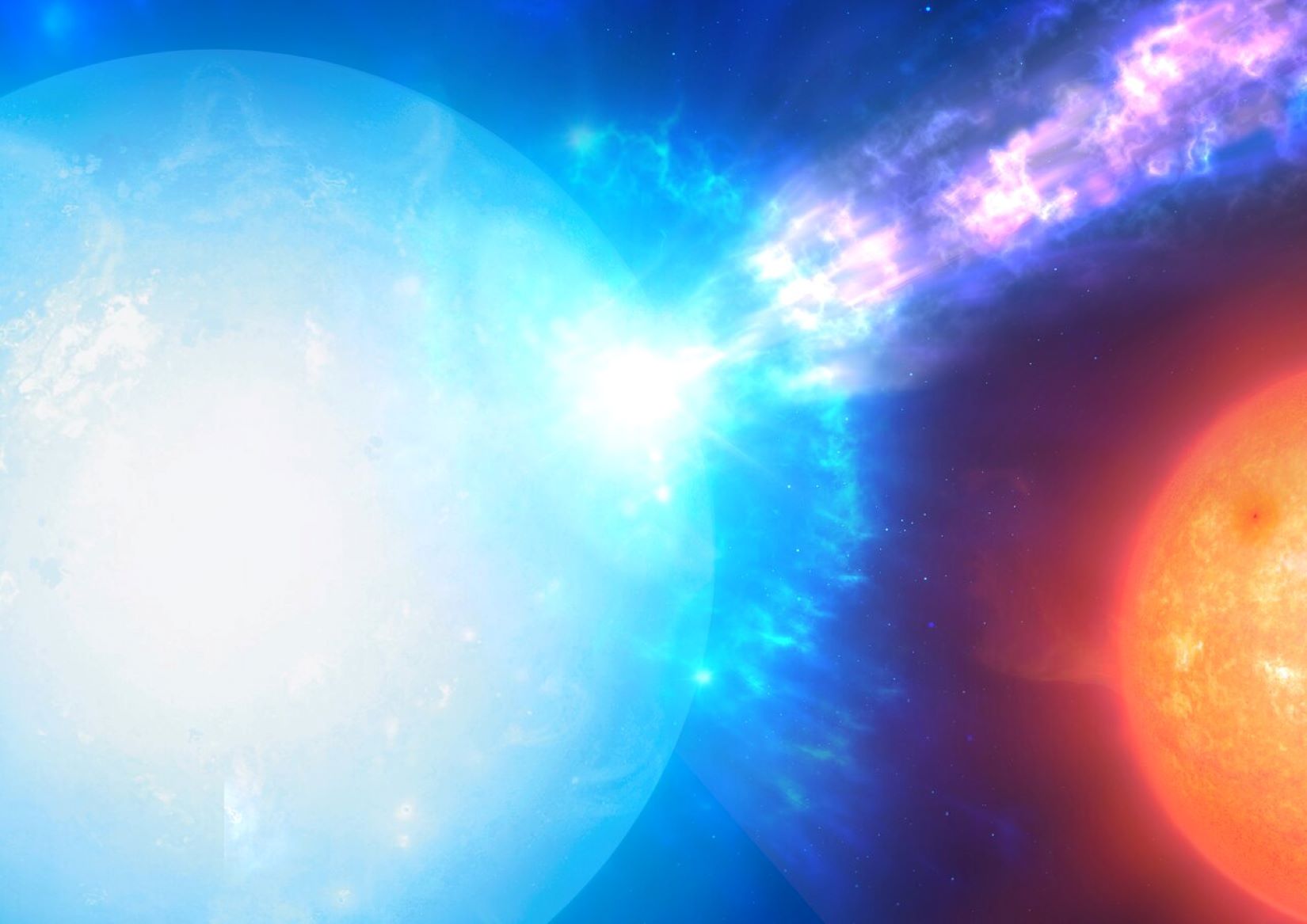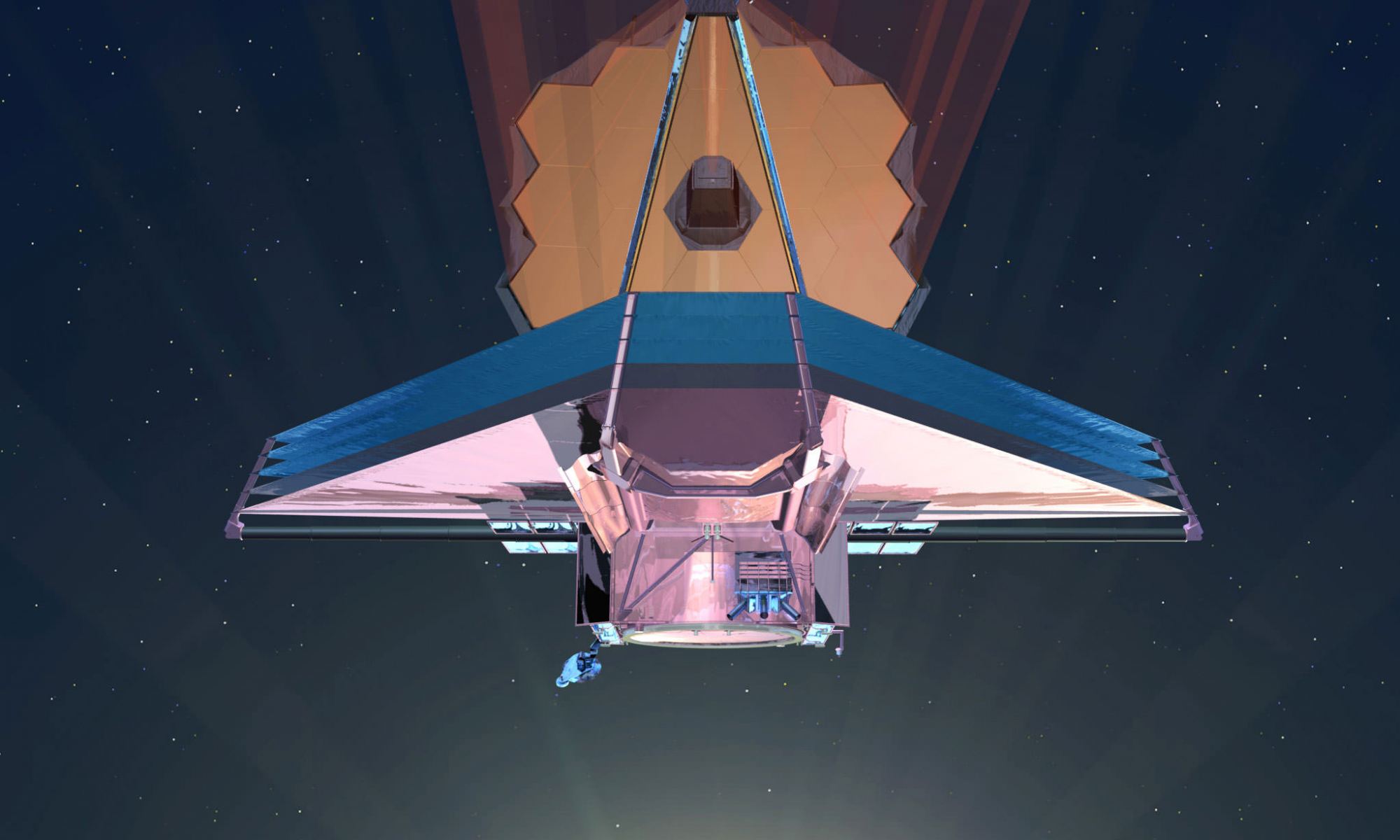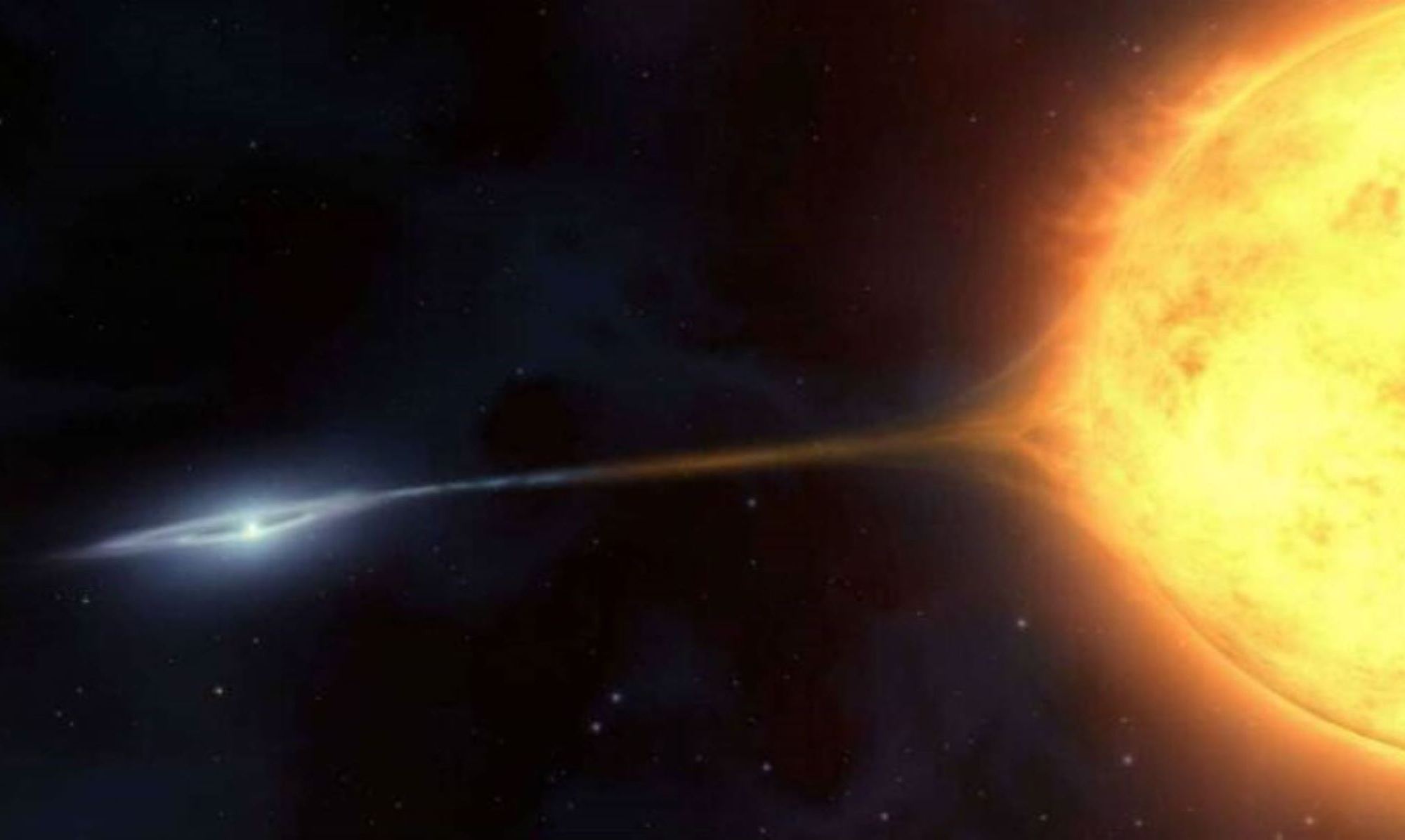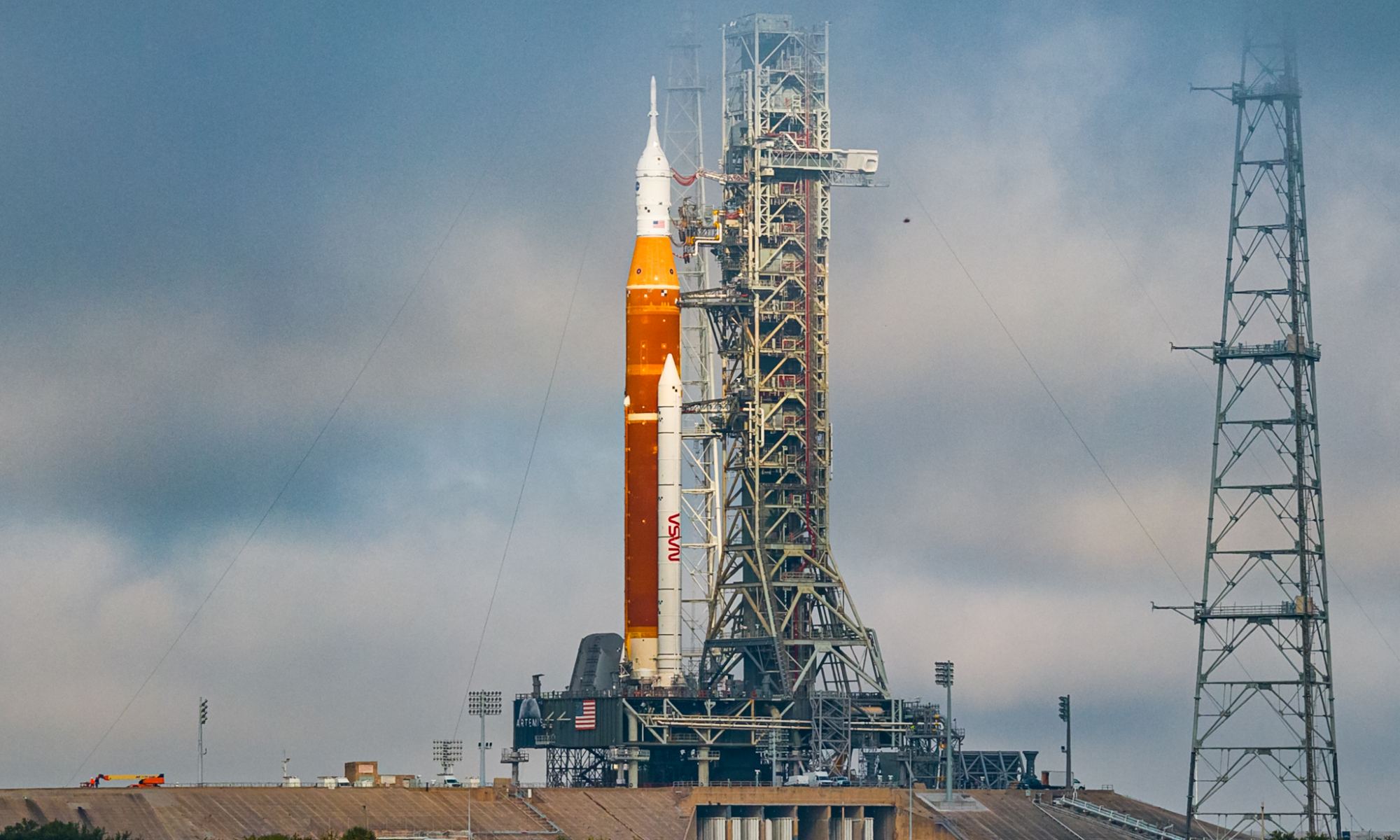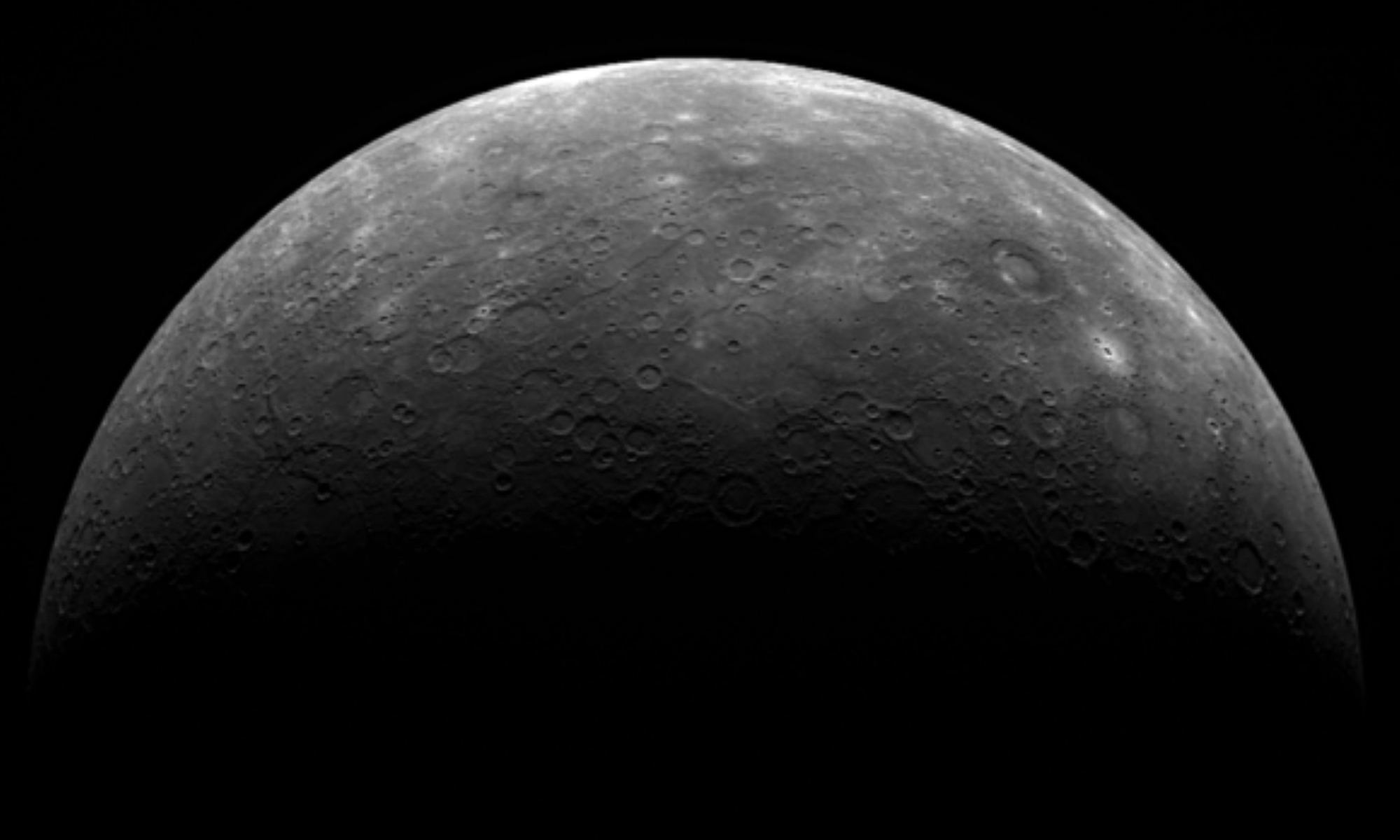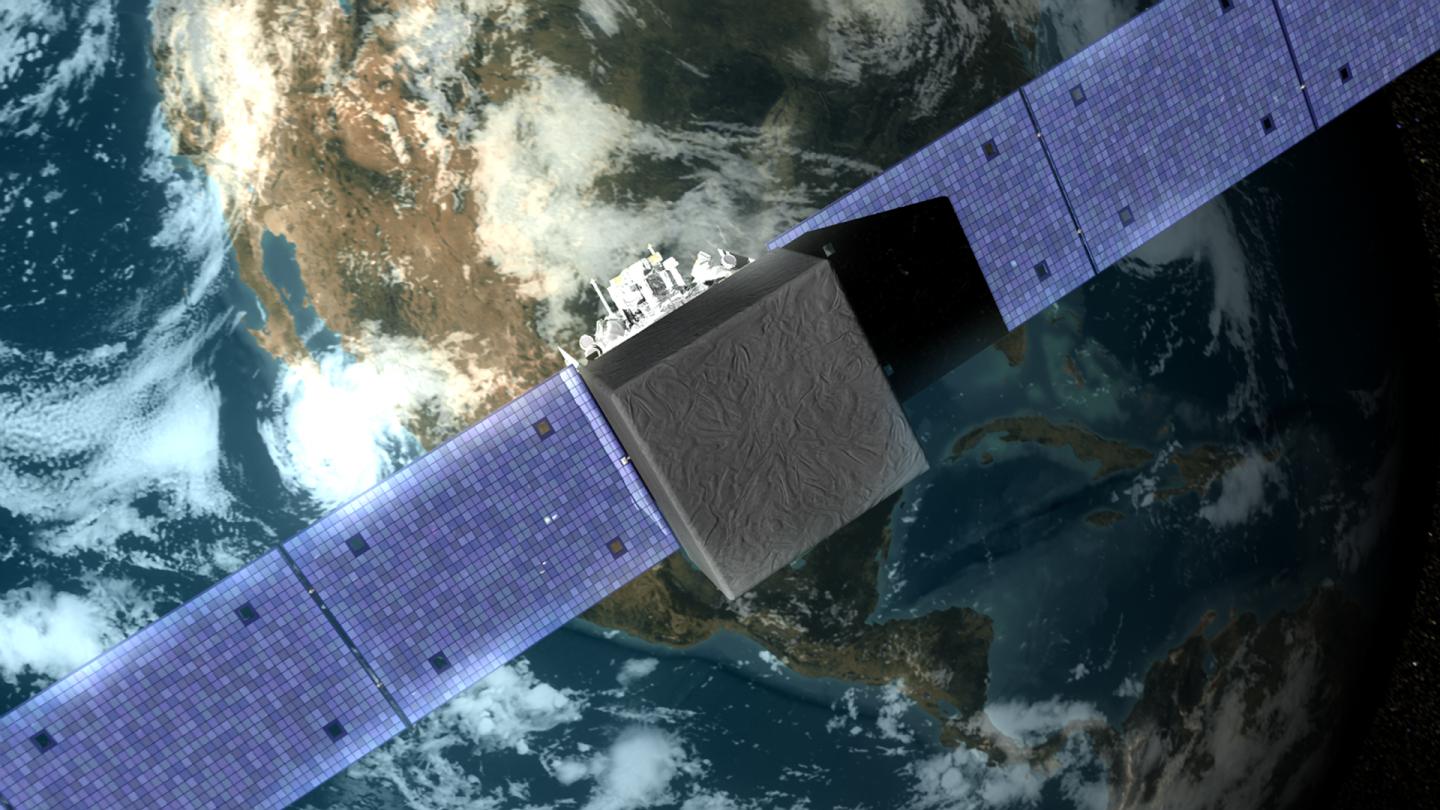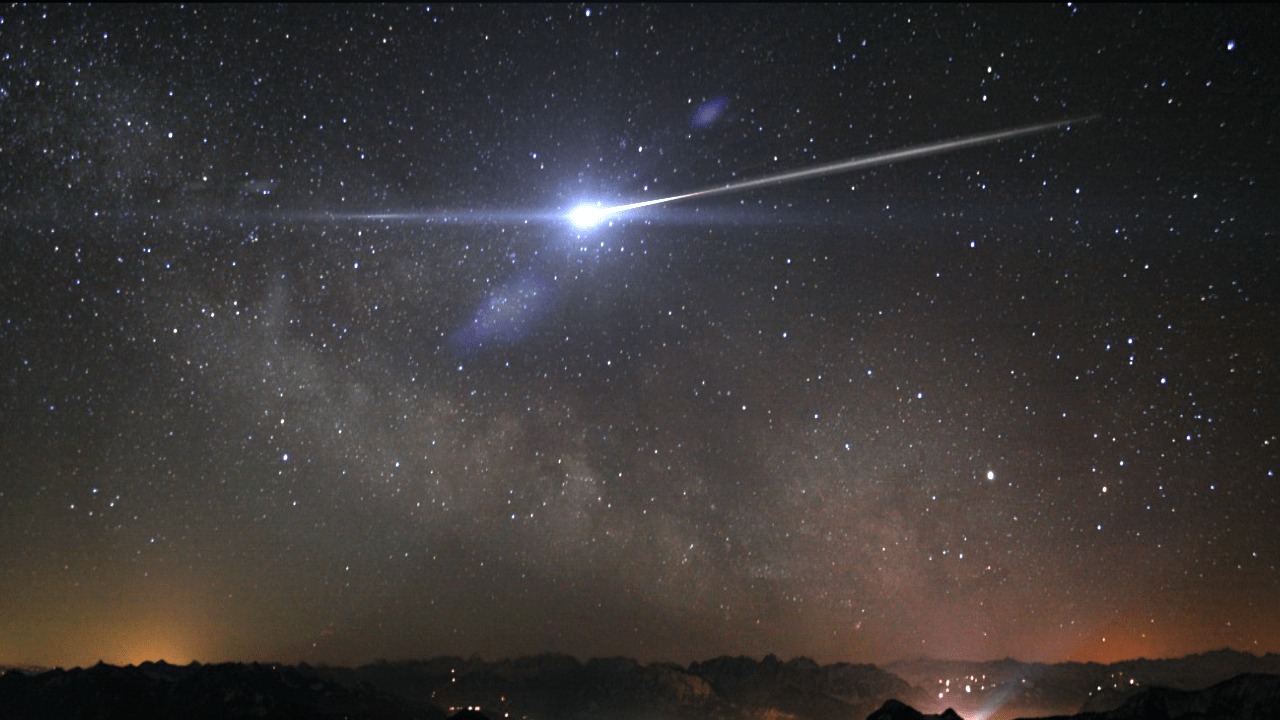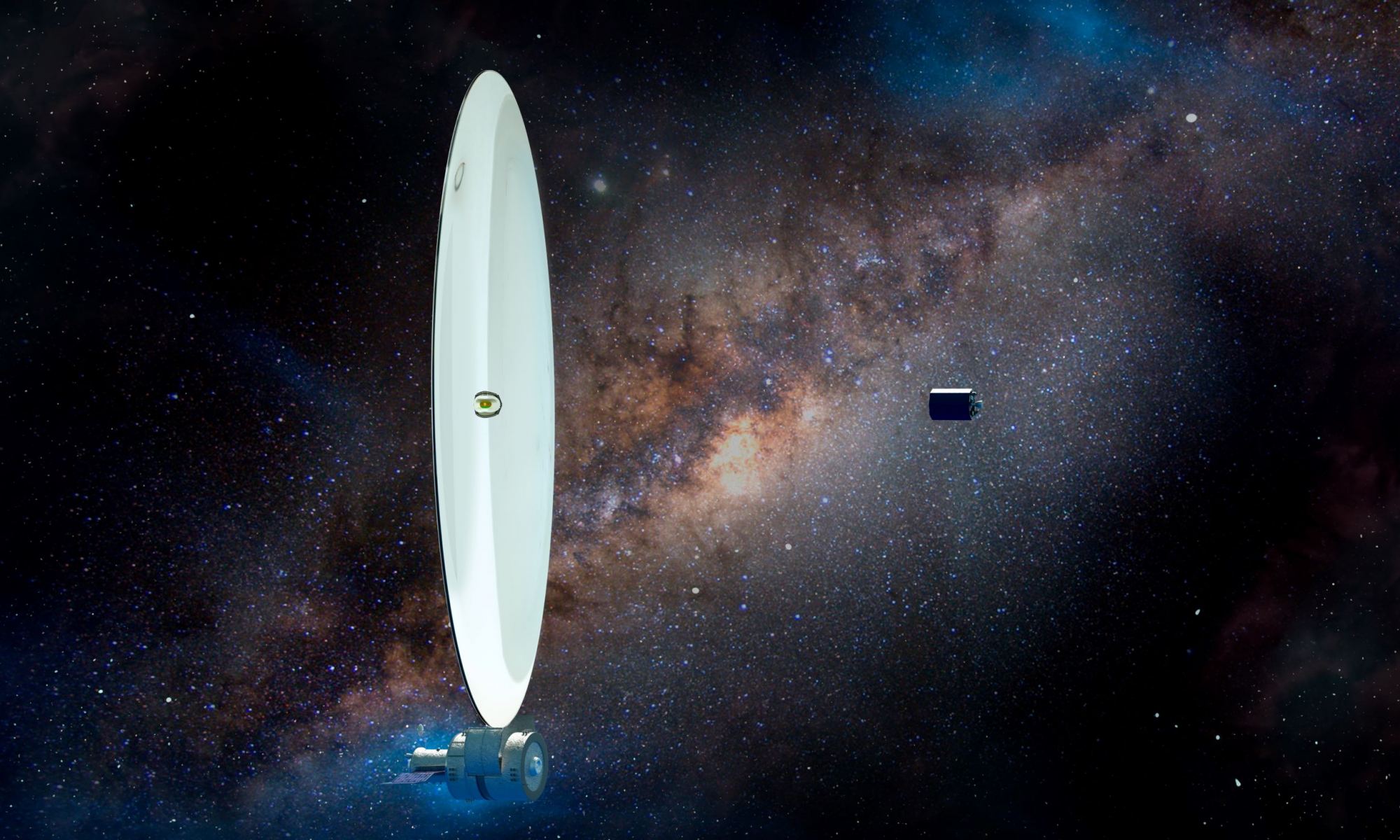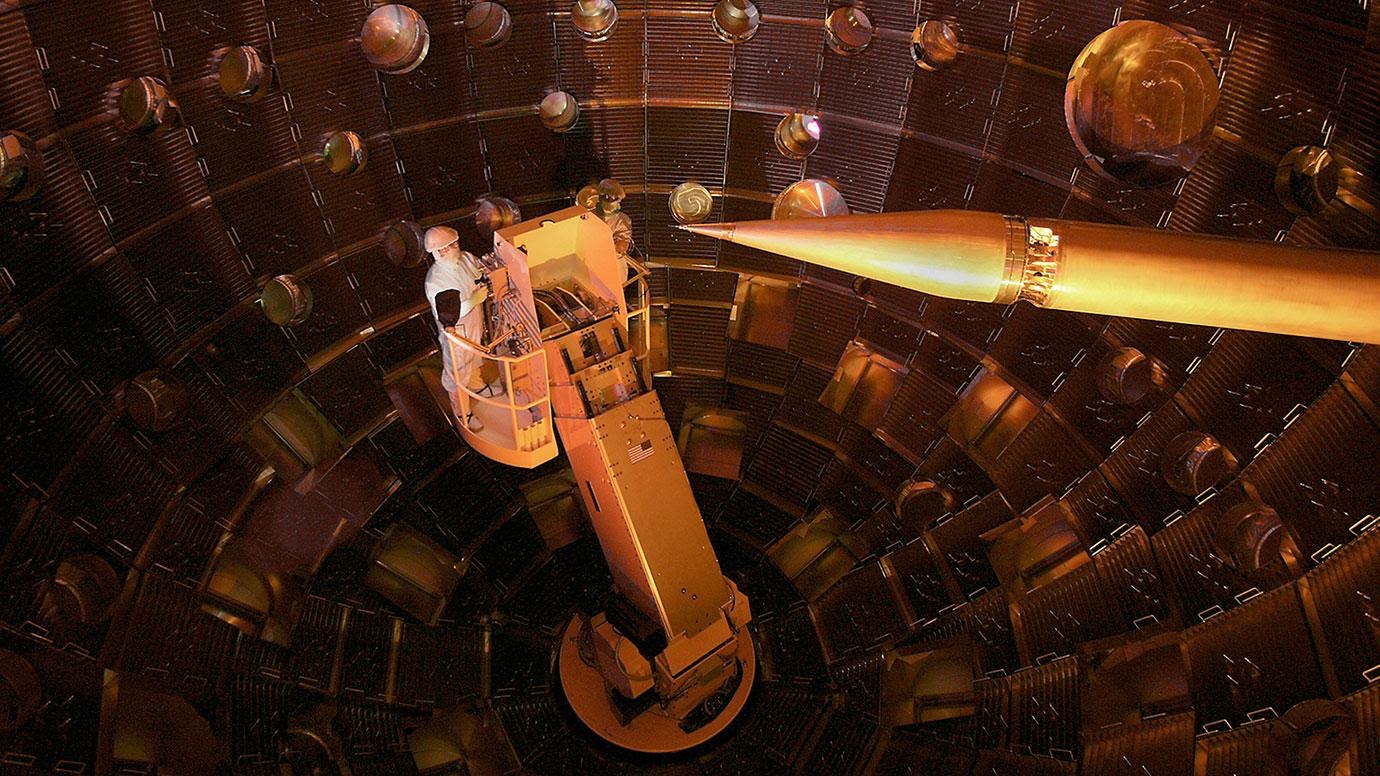Galaxies don’t exist in a vacuum. Ok, maybe they do (mostly, since even interstellar space has some matter in it). But galaxies aren’t normally solitary objects. Multiple galaxies interacting gravitationally can form clusters. These clusters can interact with each other, forming superclusters. Our own galaxy is part of a group of galaxies called the Local Group. This Local Group is part of the Virgo Supercluster, which is in turn a part of a group of superclusters called the Laniakea Supercluster.
Mixed in with all of these galaxies is a lot of heat, with extremely high temperatures comparable to the core of our Sun, around 10 million Kelvin (27 million degrees Fahrenheit). This temperature is so hot that hydrogen atoms cannot exist, and instead of gas a plasma forms of protons and electrons. This is a problem for physicists though, who say it shouldn’t be that hot.
As Gianluca Gregori, a professor of physics at University of Oxford and one author of a new paper detailing an experiment to recreate the conditions inside a galaxy cluster, puts it: “The reason why the gas inside the galaxy cluster should have cooled down is simply due to the fact that the cluster has existed for a very long time (for a time which is comparable to the age of the Universe). So, if we assume thermal conduction works in the normal way, we would have expected the initial hot core to have dissipated its heat by now. But observations shows it has not.”
Continue reading “Lasers Recreate the Conditions Inside Galaxy Clusters”

